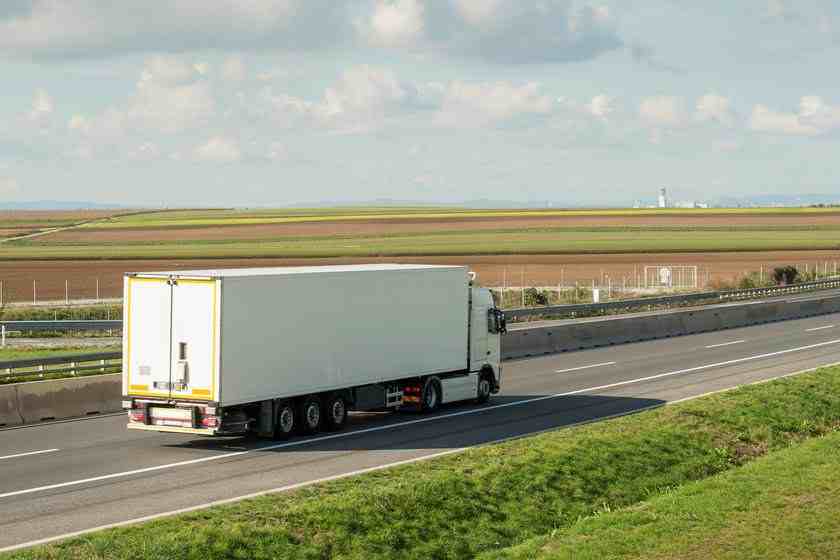As part of its climate change policy aimed at reducing emissions by 70% by 2030, the Danish Government is rapidly moving towards the introduction of a GNSS-based road user charging (RUC) scheme for heavy goods vehicles (HGV). The intention is to introduce the new system starting in 2025, which will replace Denmark’s participation in the Eurovignette scheme, which applies to HGV weighing 12 tons or more.
One of the specific objectives of the new scheme is to improve incentives for transitioning the country’s HGV fleet towards lower emission vehicles. It will also help reduce the impact these vehicles have on infrastructure and road wear costs, as well as their noise impact.
The project is being managed by Sund & Bælt, a Danish government-owned company that manages the Storebælt and Øresund road links. The company will be responsible for both implementation and operation of the new system. A GNSS onboard unit (OBU), costing around €150 including installation, will be mandatory for HGV operators, with a cheaper, self-installed OBU option also planned. Manual or pre-paid ticket options will likely not be available.
No standing still
A first step in the procurement process has already been initiated and will continue until early 2024. Sund & Bælt have engaged in talks with a number of suppliers with experience in the delivery and maintenance of GNSS and distance-based tolling solutions. Key technical challenges include GNSS data handling, map and toll context data and map-matching, segment identification and toll calculation. A testing phase is taking place in early 2023, with final commissioning set for early 2025. Under the current Eurovignette scheme, HGV operators have to buy a small electronic device if they want to use motorways and toll highways in the Eurovignette countries, which include Denmark, Luxemburg, the Netherlands and Sweden. Eurovignette’s revenues are currently around €67 million per year. The Danish government expects the new GNSS-based scheme to match that until 2027, and then to double it from 2028 onwards.
The new scheme leverages significant technological advancements as well as increasing market maturity of GNSS telematics OBUs, mobile communications and enforcement equipment, all occurring during the past decade. The costs of establishing and operating the system will be comparable to those of previous non-GNSS-based schemes.






